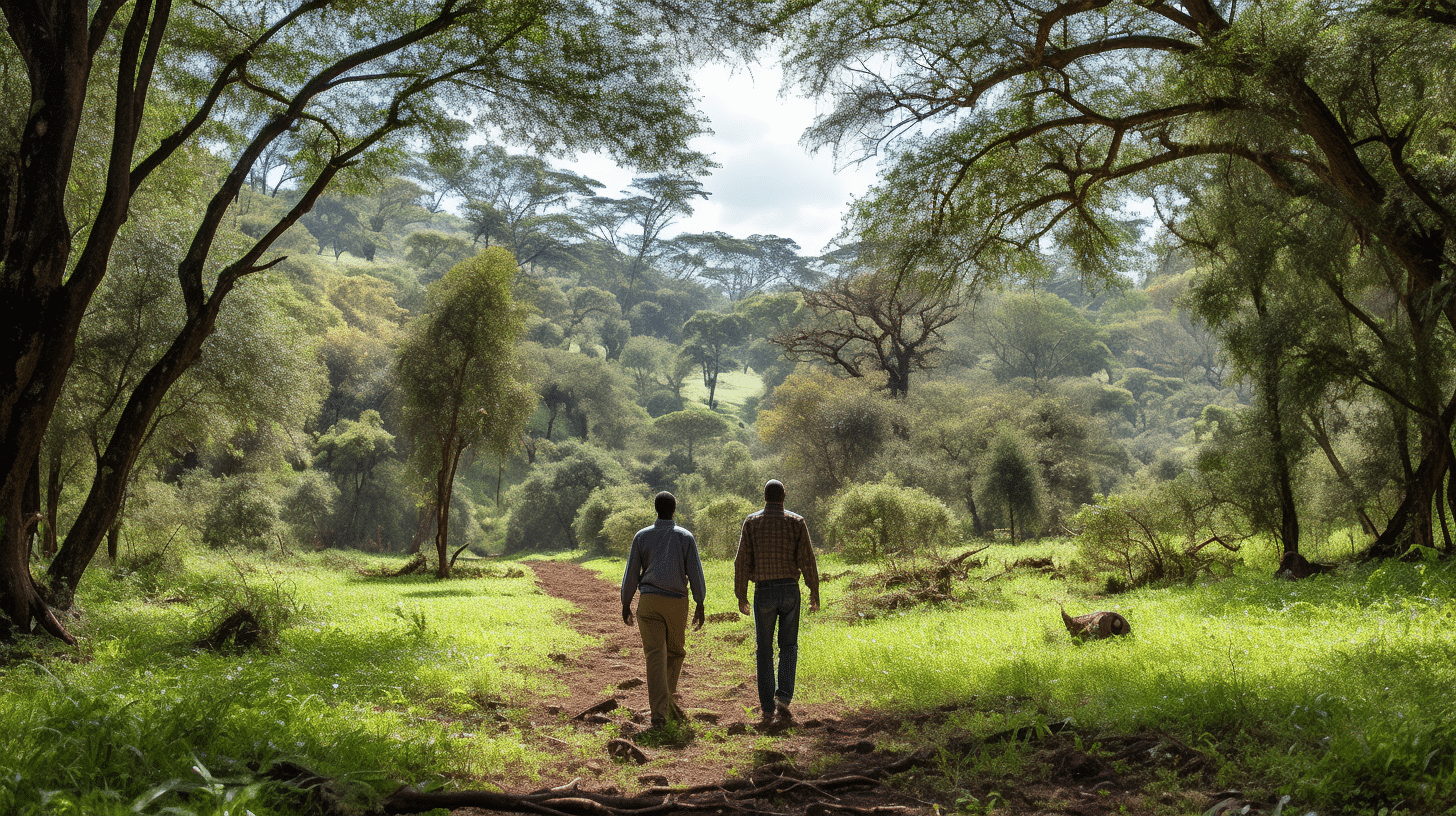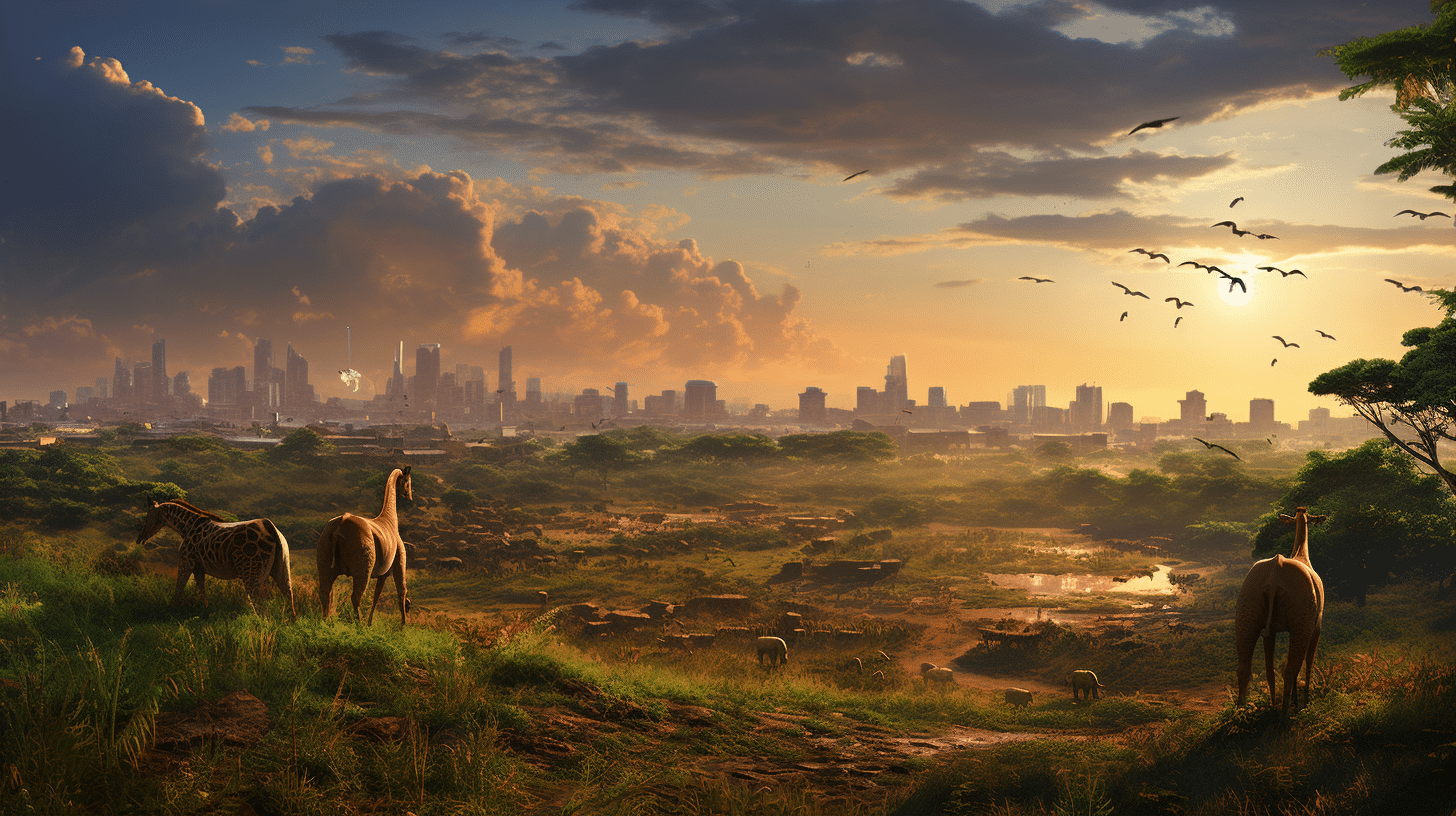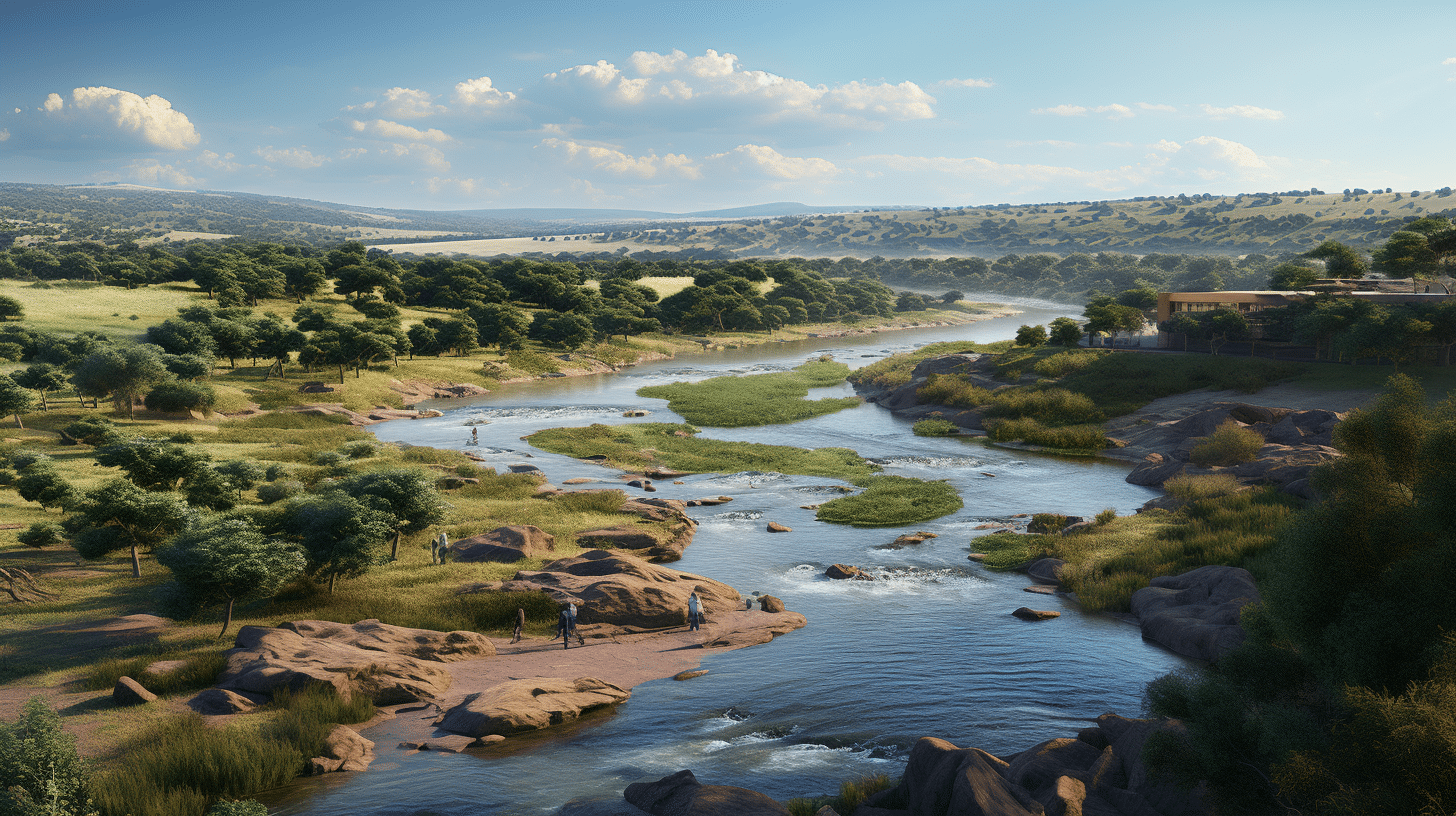Forestry in Kenya is one the most developed sector in which the country in which investments have been done heavily to protect the forest and ensuring that the wildlife is safe from degradation and destruction. Many of the people do not see the importance of forests but in real sense, the forest are among the essential environmental features that contribute to the individuals’ survival.
The country together with most of the Kenyan investors have ensured that the forests are preserved to their benefits and has established various institutes and authorities to achieve the preservation and conservation of the forests. Kenya have various authorities which helps in the fight against forest and environmental destruction, some of which include NEMA, Kenya Forest services and Kenya Forestry Research Institute (KEFRI) which does all the research involving the current conditions and how the forests will be protected or affected by this conditions.
Kenya Forestry Research Institute is therefore an institution which conduct research and provide information and technologies for sustainable development of forests and allied natural resources for socio-economic development. This institution through conduction their research ensure that they increase forest technologies and innovations, enhance multi-sectoral and public-private sector research, enhance knowledge management and dissemination systems.
Kenya Forestry Research Institute undertake regional forestry research programmes as part of their research to ensure that forests in all areas have a specific condition that would be favourable for the surrounding environment and the people within these areas. They conduct this in almost any part of the country where there are forests which need a lot of attention as far as protection, conservation and preservation is concerned. The areas and the specific eco-regional research programmes available within Kenya Forestry Research Institute are;
Central Highlands Eco-Region Research Programme
This research programme is conducted in areas within Mt Kenya forest and Aberdare Forest ecosystems and the research programme covers ten counties which include Nairobi, Kiambu, Murang’a, Nyeri, Nyandarua, Kirinyaga, Embu, Tharaka-Nithi, Meru and Laikipia The research is conducted from a specific location which is the headquarter situated at Muguga after Sigona Golf club off the Nairobi- Nakuru Highway. In this coverage, the main aims of the research programmes are to develop technologies for forest productivity and improvement, biodiversity and environment management, forest products and also undertakes socio-economics, policy and governance studies in forestry as well as provide technical support services on forestry.
Drylands Eco-region Forestry Research Programme
Kenya Forestry Research Institute also has established a Research Centre in the Dry parts of Kenya in Kitui to be able to conduct research on forestry more easily. This Research Centre based in Kitui cover research responsibilities of nine counties of Mandera, Wajir, Garissa, Isiolo, Marsabit, Kitui, Machakos, Makueni and Tana River and the main of the research center and the research programmes in the Drylands is to conduct research in forestry in arid and semi-arid lands of Kenya to harness and develop dryland forestry resources by generating technologies to rehabilitate, manage and promote sustainable utilization of woodlands for improved livelihoods and environmental conservation.
Coastal Eco-Region Forestry Research Programme
This programme is aimed to cater for research to the coastal forests and the residents of coastal regions where it majorly research on the challenges of natural forestry ecosystems including the Kayas, and the lowlands, mountain and mangrove forests, coastal dryland forests, farm forestry and forest plantations. The programme is conduct from their main office in coastal region located in Arabuko Sokoke Forest in Malindi District while it cover research programmes within 6 counties which are Kwale, Taita-Taveta, Mombasa, Kilifi, Tana-River and Lamu.
Rift Valley Eco-Region Forestry Research Programme
This research programme is mandated to ensure that the forest in the Rift Valley are fully protected from destruction. The research programmes offered enable the undertaking of research and development activities in forestry and allied resource in the highlands of west of the Rift Valley and the Drylands within the Rift valley. The programme addresses challenges in natural forests that include two crucial water towers, Mau forest complex and Cherengany ranges, industrial Forest plantations, dryland forestry and farm forestry. Their office is located in Londiani, Kericho County and they cover counties in Kenya such as Elgeyo-Marakwet, Narok, Bomet, Kericho, Nakuru, Baringo, Trans Nzoia, Turkana, Laikipia, Samburu and Kajiado.









